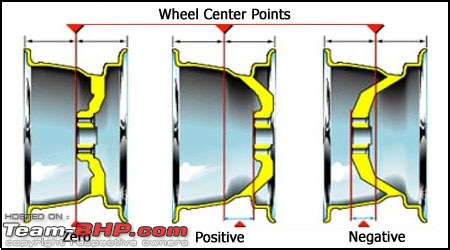| |||||||
 |
| Search this Thread |  191,052 views |
| | #1 |
| Senior - BHPian Join Date: Jan 2007 Location: Mumbai
Posts: 1,572
Thanked: 1,015 Times
| |
| |  (1)
Thanks (1)
Thanks
|
| |
| | #2 |
| Senior - BHPian | |
| |  (3)
Thanks (3)
Thanks
|
| | #3 |
| Senior - BHPian Join Date: Jan 2007 Location: Mumbai
Posts: 1,572
Thanked: 1,015 Times
| |
| |
| | #4 |
| BANNED Join Date: May 2008 Location: Hyderabad
Posts: 28
Thanked: Once
| |
| |
| | #5 |
| Senior - BHPian Join Date: Jan 2007 Location: Mumbai
Posts: 1,572
Thanked: 1,015 Times
| |
| |
| | #6 |
| BHPian | |
| |
| | #7 |
| Senior - BHPian Join Date: Jan 2007 Location: Mumbai
Posts: 1,572
Thanked: 1,015 Times
| |
| |
| | #8 |
| Distinguished - BHPian  Join Date: Jul 2006 Location: Bangalore
Posts: 5,194
Thanked: 10,178 Times
| |
| |  (1)
Thanks (1)
Thanks
|
| | #9 |
| Senior - BHPian Join Date: Jun 2006 Location: bangalore
Posts: 1,296
Thanked: 329 Times
| |
| |  (2)
Thanks (2)
Thanks
|
| | #10 |
| Senior - BHPian Join Date: Jan 2007 Location: Mumbai
Posts: 1,572
Thanked: 1,015 Times
| |
| |
| | #11 |
| Senior - BHPian | |
| |  (2)
Thanks (2)
Thanks
|
| |
| | #12 |
| Senior - BHPian Join Date: Jun 2006 Location: bangalore
Posts: 1,296
Thanked: 329 Times
| |
| |  (1)
Thanks (1)
Thanks
|
| | #13 |
| Senior - BHPian Join Date: Jan 2007 Location: Mumbai
Posts: 1,572
Thanked: 1,015 Times
| |
| |
| | #14 |
| Newbie Join Date: Feb 2010 Location: Delhi
Posts: 23
Thanked: Once
| |
| |
| | #15 |
| Senior - BHPian Join Date: Jun 2006 Location: bangalore
Posts: 1,296
Thanked: 329 Times
| |
| |
 |
Most Viewed




